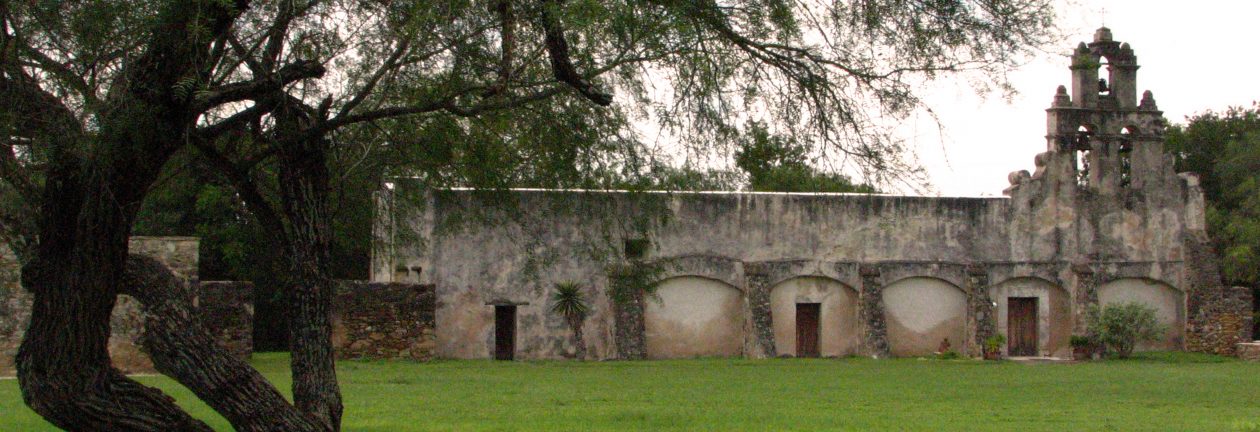Tbilisi, Georgia
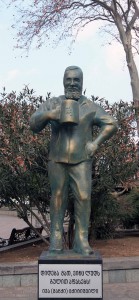
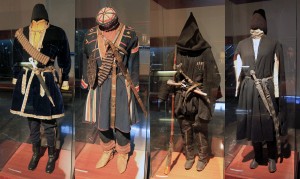

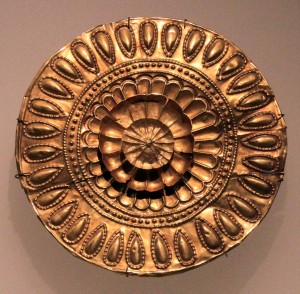
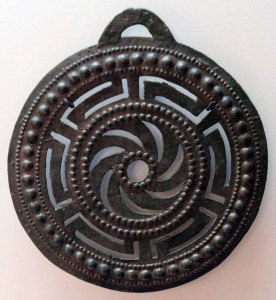

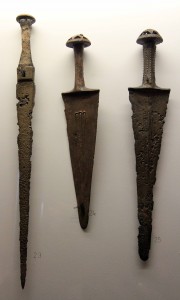
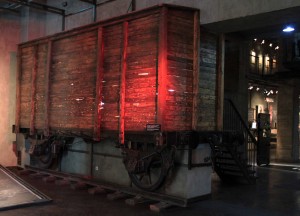
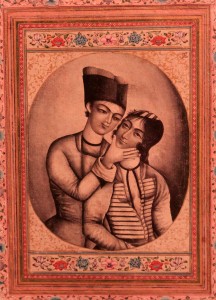
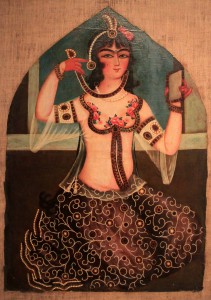
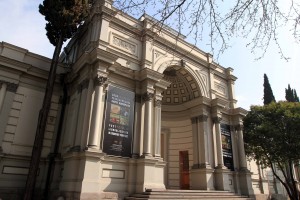
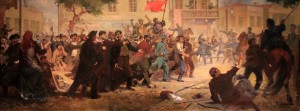

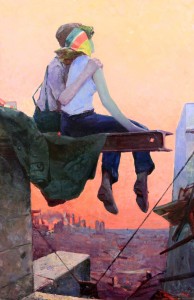

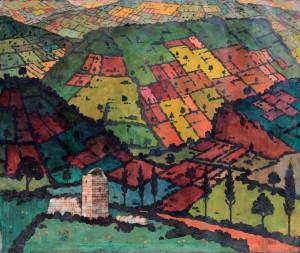
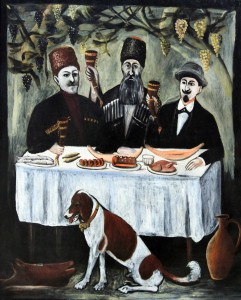
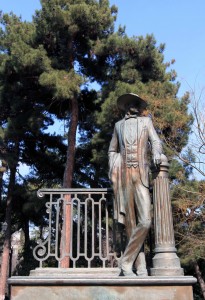
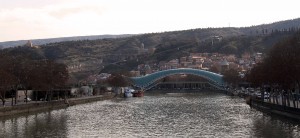
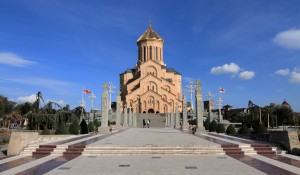
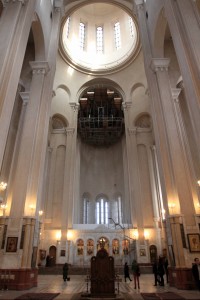
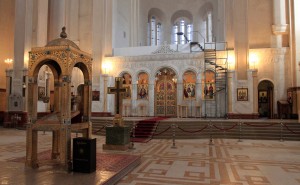
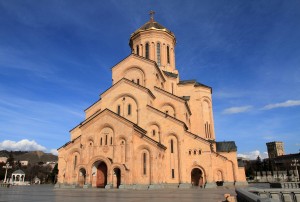
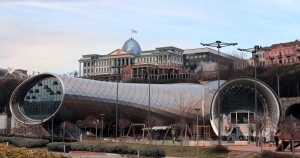
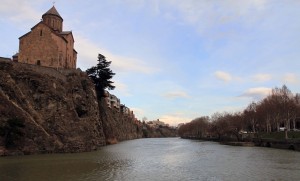
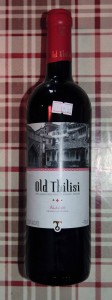
I woke up around 10:00 today after a pleasant night’s sleep. I then showered, dressed, and grabbed my camera before exiting the hostel and walking to the Georgian National Museum near Freedom Square. The museum had four floors with six exhibits; I first walked in to the room with the old military weapons and uniforms; then I walked to the basement to the Treasury, where many historic treasures are kept – mostly gold and silver pieces from ancient times (I did learn that Georgia and the surrounding area was recognized for its gold and many gold seekers would use sheepskins with its shaggy fleece in the stream waters to try and capture gold particles; this practice then influenced Greek Mythology with the story of how Jason and his band of Argonauts set out on a quest for the Golden Fleece, which was held in the Colchis (a region in the Southern Caucasus), by order of King Pelias). Next, I walked upstairs to view some an exhibit on ancient artifacts, an exhibit on the epic poem entitled “The Knight in the Panther’s Skin,” and an exhibit on the Soviet occupation – the Russian aggression in this region is still very much on the minds of Georgians; this exhibit had many reminders of the deportations, massacres, murders, and persecutions conducted by the Russians on the Georgians during the days of the Soviet Union; it also had a film being continuously shown that had recent footage of the Russo-Georgian War (2008 AD) and there was a map reminding visitors that Russian aggression continues today with the illegal occupation of Abkhazia and South Ossetia (really, Russian leaders have been nothing but a bunch of stupid thugs as far back as history has bothered to record and it looks like that won’t change anytime soon; furthermore, once again, during my travels, I am confronted with historic proof of why Communism is a horrible, Godless system that always results in many innocents being murdered). Lastly, I visited the exhibit with artifacts collected from around the world (mostly Iranian paintings). After visiting the National Museum, I walked to the nearby Nationally Gallery to view many paintings and some sculptures; there was an exhibit on “Post-Stalin Liberalization in Painting” and many of the other works that were displayed in the museum were just before the Soviet Occupation in 1921 AD. I walked around the gallery, enjoying the Georgian style of painting, before exiting outside to the sculpture park behind the museum. Next, I walked to the Museum of Fine Arts, which was mostly under renovation and only had one painting currently on display; however, they did have a Treasury and I paid for a guide (a requirement for entry) to show me around; this treasury mostly had religious artifacts (triptychs, reliquaries, icons, etc.) as opposed to the mostly ancient gold and silver jewelry and ornaments enjoyed by the nobility that the National Museum had in its possession; many of the artifacts in the Museum of Fine Arts’ Treasury showed fantastic metalworking skill (especially some of the triptychs, with the gold layer molded in to scenes depicting the life of Christ or some important saints) and it is a real shame that no photographs were allowed inside (hopefully my brain is up to the task of remembering everything I saw inside there). After the guide took me around the Treasury, I exited the museum and walked to a nearby restaurant where I had salmon in a walnut soup, stuffed vine leaves, and beer. After lunch, I crossed the Kura (Mtkvari) River and walked to the Holy Trinity Cathedral of Tbilisi (commonly known as “Sameba”); the cathedral was completed in 2004 AD and is the third-tallest Eastern Orthodox cathedral in the world; I walked in to the cathedral grounds and then entered inside the massive structure; although, I was surprised to find no seating for worshipers and really, there wasn’t much floor area for people to attend mass, but it was really tall. I then walked to one of the chapels next to the cathedral before exiting the premises. I then crossed the river on the Peace Bridge (which looked like it was designed by a Frank Gehry wannabe), back to the old part of Tbilisi where I was staying. Walking back to the hostel, I was sure to buy two bottles of wine to try late. Once I reached the hostel, I stashed my wine, dropped my camera off, and grabbed my sandals and a towel to enjoy Tbilisi’s famous sulfur baths. I then walked to the oldest sulfur bath in Tbilisi, Bathhouse No. 5, paid the three lari fee to enter the public baths, paid for three sheets to use as towels (not sure why they use sheets since they don’t dry very well), found an empty locker, and then stripped myself of all clothes. I then walked inside the bathing area and joined several other men in taking a shower with sulfur water; I then dipped in to the sulfur bath and relaxed there for some time before walking to the sauna and sitting inside there before the heat became too much for me; I then took another shower, relaxed in the bath again, returned to the sauna, and then took one final shower (I did decline a massage offered by one of the resident masseurs since I didn’t think the marble slab that so many naked men had laid on was all that clean – come to think of it, I don’t think the bath was all that clean either); I then returned to the locker room, dried off, and then dressed – overall, I didn’t like the experience that much, it was too hot everywhere and there was no ice bath, cool showers, cool swimming pool, or relaxation room to offer any respite from the sweating heat like one would find in other European bathhouses or spas, but I suppose the oldest bathhouse in town would be rather Spartan and mainly used as public showers, not as a relaxing spa. I then walked back to the hostel (noticing a number of Ukraine National flags hung in front of stores and homes – glad to see Georgians siding with Ukraine on this one, but of course they know all too well about the true nature of Russia) and immediately took another shower to cleanse myself of sweat and that sulfur smell. After my shower, I walked outside to a nearby restaurant (the same one I ate at yesterday evening – they have a menu with pictures) and had dinner (an assortment of four vegetable pates (carrot, cabbage, beet, and spinach), Khachapuri Megruli (basically a cheesy bread in the shape of a pizza pie), and beer – it wasn’t very tasty and it was too much to consume). After dinner, I returned to the hostel and had my bottle of semi-sweet red wine from the Kakheti Region, next to the Alazani River; the wine tasted of blackberries, cherries, molasses, and flowers. After finishing the bottle of wine, I then went to sleep.
